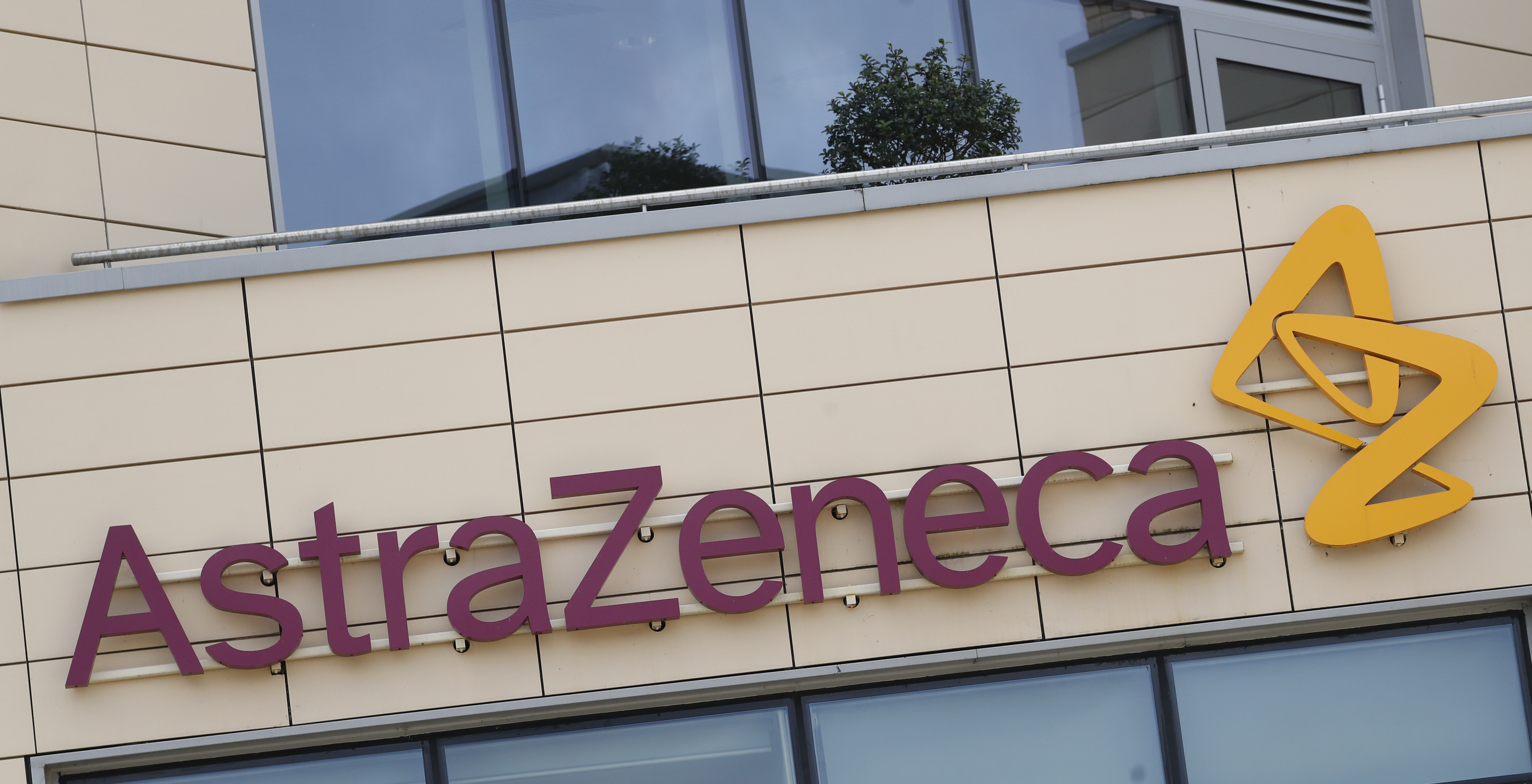KANSAS CITY, Mo. — Will Johnson knows it could have been much worse.
“I think it would have been bad because I wouldn’t have been able to talk,” Will says.
And Will thinks he wouldn’t have been able to walk at all. That’s if the Grandview man had waited longer to call 9-1-1 when he was having a stroke.
An ambulance rushed him to Research Medical Center where a scan confirmed the stroke. Then he was injected with TPA, a drug to dissolve the blood clot in his brain.
TPA can be given up to four and a half hours after a stroke starts. A new study of nearly 60,000 patients, including Kansas City patients, confirms that the sooner within that time frame the drug is injected, the better.
The study in the Journal of the American Medical Association found that patients treated around 90 minutes after the onset — that’s just a little sooner than Will was treated — were 26 percent less likely to die and 51 percent more likely to walk when they left the hospital compared to people who were treated after three hours.
The study found a higher risk of death and disability with every 15 minutes lost.
“The more time we lose, the more nerve cells we lose in the brain,” says Dr. Iftekhar Ahmed, a neurologist at Research.
Dr. Ahmed says don’t think numbness on one side or trouble speaking will just go away with time. Call 9-1-1.
“Let the physicians in the E.R. decide whether you have a stroke or don’t have a stroke,” says Dr. Ahmed.
At Research, there are also efforts to reduce the time to treatment once a patient arrives. The stroke team even awards t-shirts to E.R. personnel who speed up the process.
“When I got here, they started working on me immediately,” says Will.
Dr. Ahmed says with more therapy, Will should see big improvement in his movement, and that would have been much less likely without timely treatment.


